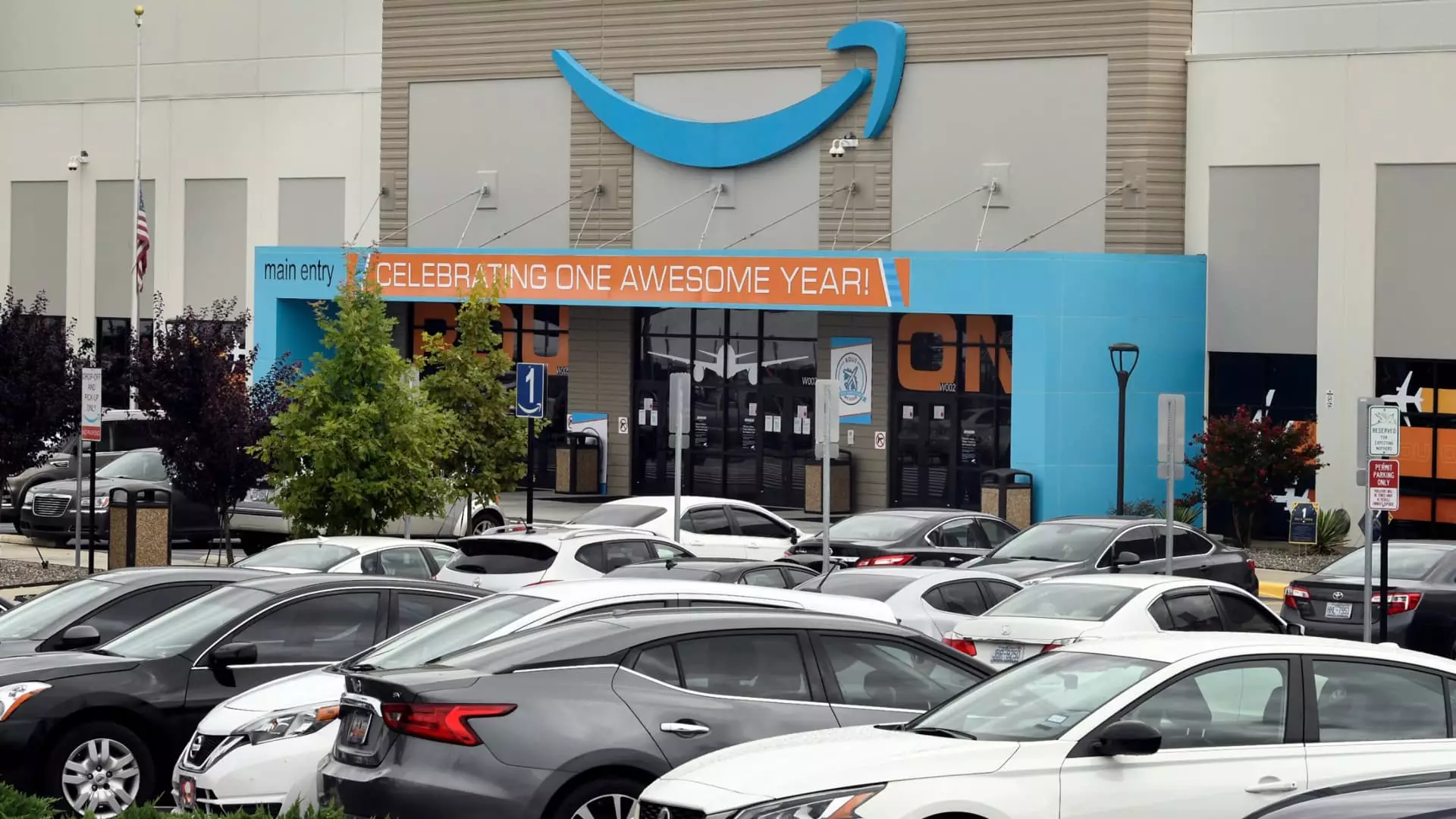The recent election at the RDU1 Amazon facility in Garner, North Carolina, has shed light on the intricate dynamics of labor organization in one of the nation’s largest companies. Despite a concerted effort from Carolina Amazonians United for Solidarity and Empowerment (CAUSE) to advocate for unionization, the results revealed a significant resistance among workers to formalized collective bargaining, provoking a broader discussion on employee rights, corporate power, and labor laws.
In a decisive display of opposition, workers at the Amazon facility largely rejected the notion of union representation. Of the 3,276 ballots cast, an overwhelming 2,447 were against unionization compared to only 829 in favor—an outcome too vast for the 77 challenged ballots to influence the final decision. This election’s results, though awaiting certification from the National Labor Relations Board (NLRB), signal a considerable setback for advocates aiming to secure better working conditions and wages.
The facility employs approximately 4,700 workers, yet the voting pattern indicates a profound reluctance to engage in union activities. CAUSE argued that the election’s unfavorable outcome can be attributed to Amazon’s alleged intimidation tactics, suggesting a strategy designed to instill fear and compliance among employees. Their assertion that the results underscore a fear of collective worker power raises critical questions about the relationship between corporations and their labor force.
In response to these developments, Amazon has been quick to defend its practices. Spokeswoman Eileen Hards characterized the election result as a victory for employee autonomy, emphasizing that workers expressed their preference to maintain a direct relationship with the company. This standpoint aligns with Amazon’s historical efforts to deter unionization across its workforce, efforts that have included aggressive campaigns against labor organization.
The actions taken by Amazon during the campaign reflect a broader trend among large corporations to keep unions at bay. By utilizing anti-union messaging in the workplace and through company communication platforms, Amazon endeavored to present unionization as a hindrance to workers’ interests rather than an avenue for empowerment. This narrative is especially compelling in a state like North Carolina, which has notoriously low union membership rates—recorded at a mere 2.4% of the workforce in recent years.
Despite the setback at RDU1, CAUSE has vowed to continue rallying support for workers’ rights within the facility, stating that many employees still contend with issues of food and housing insecurity. The group’s commitment underscores the ongoing struggle for better pay and working conditions—a struggle that resonates deeply in the broader context of American labor.
Interestingly, the momentum for unionization may still be gaining steam beyond the boundaries of traditional avenues like NLRB elections. Labor groups are exploring alternative strategies, including filing unfair labor practice charges against Amazon in response to the company’s alleged violations of labor laws. Moreover, the involvement of unions such as the International Brotherhood of Teamsters in coordinating organized actions at Amazon facilities indicates a growing willingness among workers to unite in pursuit of their rights.
Furthermore, polls reveal an increasing public support for unions, with approximately 67% of Americans expressing approval for labor organizations. This sentiment, however, is not fully translating into higher union membership—suggesting a disconnect between public sympathy for unionization and the reality of labor organization within companies like Amazon.
The unionization landscape in the American workforce remains complex and fraught with challenges. While the Garner facility’s election outcome is discouraging, it is also emblematic of a larger trend where employees assert increasingly vocal demands for their rights, regardless of political and corporate pushback.
As the conversation surrounding labor rights continues to evolve, it will be crucial to observe whether the persistent efforts of groups like CAUSE will be enough to sway public opinion and foster a culture of solidarity among workers. Given the current backdrop of economic inequality, employer resistance, and legislative barriers, the path forward for labor organizing remains uncertain yet critical for the advancement of workers’ rights in America.


Leave a Reply